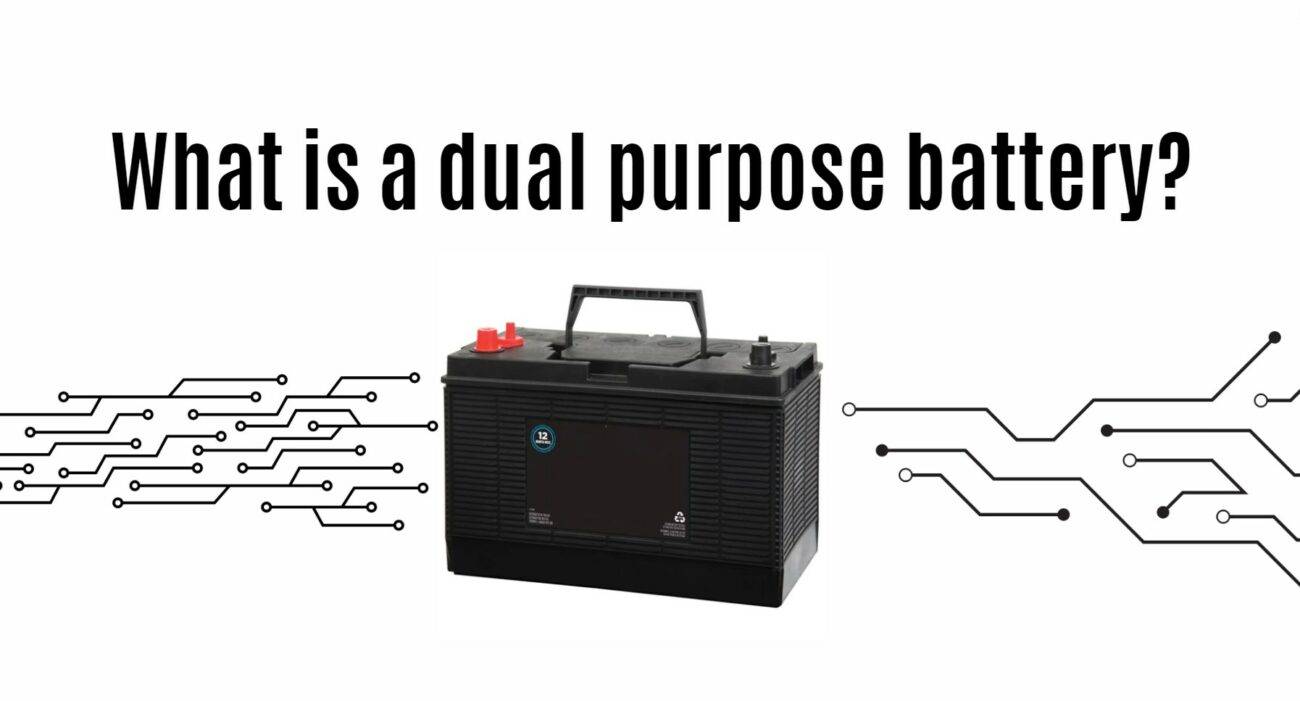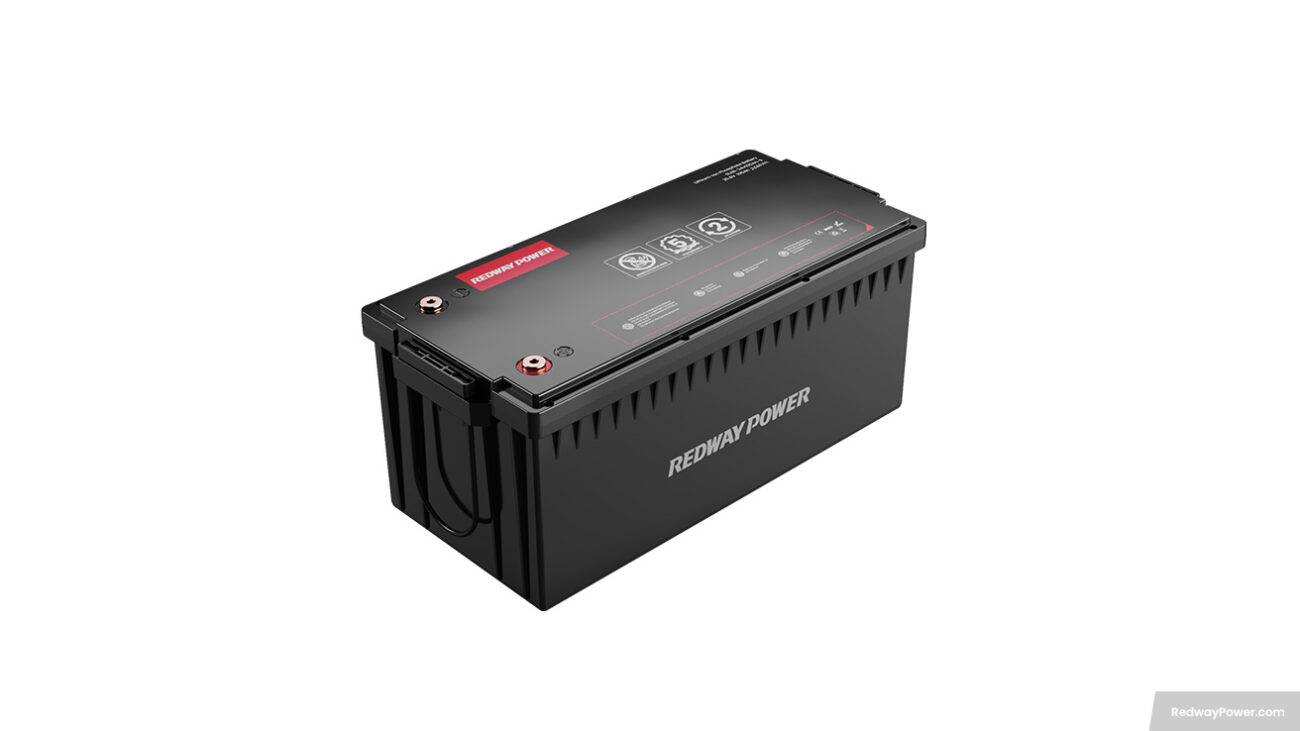Prepare for smooth sailing with marine dual-purpose batteries, the superheroes of boat power. Whether cruising or fishing, a reliable power source is essential for uninterrupted sea adventures. Discover their key features, benefits, types, and how to choose the right one for your boat. Get ready for an exciting journey into the world of marine batteries!
Key Features and Benefits
Marine dual-purpose batteries are essential for boat owners, providing both starting power for the engine and sustained energy for onboard electronics. They offer several key features and benefits that make them a top choice among boating enthusiasts.
- Versatility: Marine dual-purpose batteries are designed to deliver high cranking power for reliable engine starts, even in adverse conditions. They also have deep cycling capabilities, making them suitable for powering accessories like lights, radios, and fish finders.
- Durability: These batteries are built to withstand the rigors of marine environments, with robust construction materials that resist damage from vibrations and shocks experienced while underway.
- Advanced Technologies: Many marine dual-purpose batteries incorporate advanced technologies like AGM or gel electrolytes, enhancing performance and reducing the risk of acid leakage common in traditional flooded lead-acid batteries.
- Longer Lifespan: Due to their optimized design and build quality, marine dual-purpose batteries typically have a longer lifespan compared to other marine batteries, resulting in cost savings over time.
- Maintenance-Free: Many marine dual-purpose batteries feature maintenance-free designs or low-maintenance requirements, saving boat owners time and hassle.
- Safety Features: Manufacturers often integrate safety features such as flame arrestors or explosion-proof casings, reducing the risk of accidents in potentially hazardous marine environments.
In conclusion, marine dual-purpose batteries offer a versatile and durable power solution for boats, with advanced technologies, longer lifespans, and safety features ensuring reliable performance on the water.
Types of Marine Dual Purpose Batteries
When considering marine dual purpose batteries, there are several types to explore:
- Flooded Lead-Acid Batteries: Traditional and affordable, requiring regular maintenance but offering steady power.
- AGM Batteries: Sealed and maintenance-free, resistant to vibration and shock, favored for their reliability.
- Gel Batteries: Spill-proof and resistant to deep discharge, albeit pricier, they excel in demanding marine applications.
- Lithium-ion Batteries: High energy density, long lifespan, lightweight, and maintenance-free, albeit higher initial cost.
Choosing the right type depends on factors like budget, usage requirements, and personal preference. It’s wise to weigh all options to find the best fit for your needs.
Choosing the Right Battery for Your Boat
Choosing the right marine dual purpose battery for your boat involves several key considerations:
- Capacity: Assess your power needs to determine the appropriate battery capacity for your boat’s requirements.
- Size and Weight: Ensure the battery fits comfortably in your boat’s space without impacting performance or fuel efficiency.
- Maintenance: Decide between maintenance-free or conventional flooded lead-acid batteries based on your preference for upkeep.
- Cold-Cranking Amps (CCA): Consider CCA rating for colder climates to ensure reliable performance in low temperatures.
- Quality Assurance: Look for certifications like UL certification to ensure the battery’s reliability and safety from a reputable manufacturer.
By evaluating these factors based on your specific boating needs, you’ll be able to select the ideal marine dual purpose battery for reliable performance on the water!
Maintenance and Care Tips
Here are some essential maintenance and care tips to ensure your marine dual purpose battery’s longevity and optimal performance:
- Regular Inspections: Check for damage or corrosion on the battery and terminals. Clean any buildup to maintain proper charging.
- Keep it Clean: Wipe down the battery with a damp cloth and mild detergent to prevent dirt buildup. Dry thoroughly before reinstalling.
- Charge Correctly: Avoid overcharging or undercharging by following the manufacturer’s charging recommendations for voltage and duration.
- Disconnect When Idle: If not using your boat for a while, disconnect the battery to prevent unnecessary drain.
- Proper Storage: Store the battery in a cool, dry place away from direct sunlight or extreme temperatures when not in use.
By following these maintenance tips, you’ll ensure your marine dual purpose battery stays in top condition for reliable performance on the water!

FAQs
What does dual purpose marine battery mean?
Can I use a dual purpose marine battery in my car?
What type of battery is an interstate dual purpose?
Is there a difference between marine battery and regular battery?
Q: Can I use a marine dual purpose battery for my RV or other applications?
A: While marine dual purpose batteries are specifically designed for marine use, they can also be used in other applications such as RVs, motorhomes, and even off-grid solar systems. However, it’s important to consider the specific power requirements of your application and consult with a professional if you’re unsure.
Q: How long do marine dual purpose batteries last?
A: The lifespan of a marine dual purpose battery can vary depending on factors such as usage patterns and maintenance. On average, these batteries can last anywhere from 3 to 7 years. Regularly checking the battery’s condition and following proper maintenance practices can help prolong its lifespan.
Q: What is the difference between a starting battery and a dual purpose battery?
A: A starting battery is designed to provide high bursts of power for short periods to start an engine. On the other hand, a dual-purpose battery is designed not only to start your boat’s engine but also to provide sustained power for onboard electronics and accessories.
Q: Can I recharge my marine dual purpose battery while onboard?
A: Yes, most boats have charging systems that allow you to recharge your marine dual purpose battery while out on the water. It’s important to follow the manufacturer’s instructions regarding charging procedures and ensure that you have sufficient charging capacity for your specific setup.











